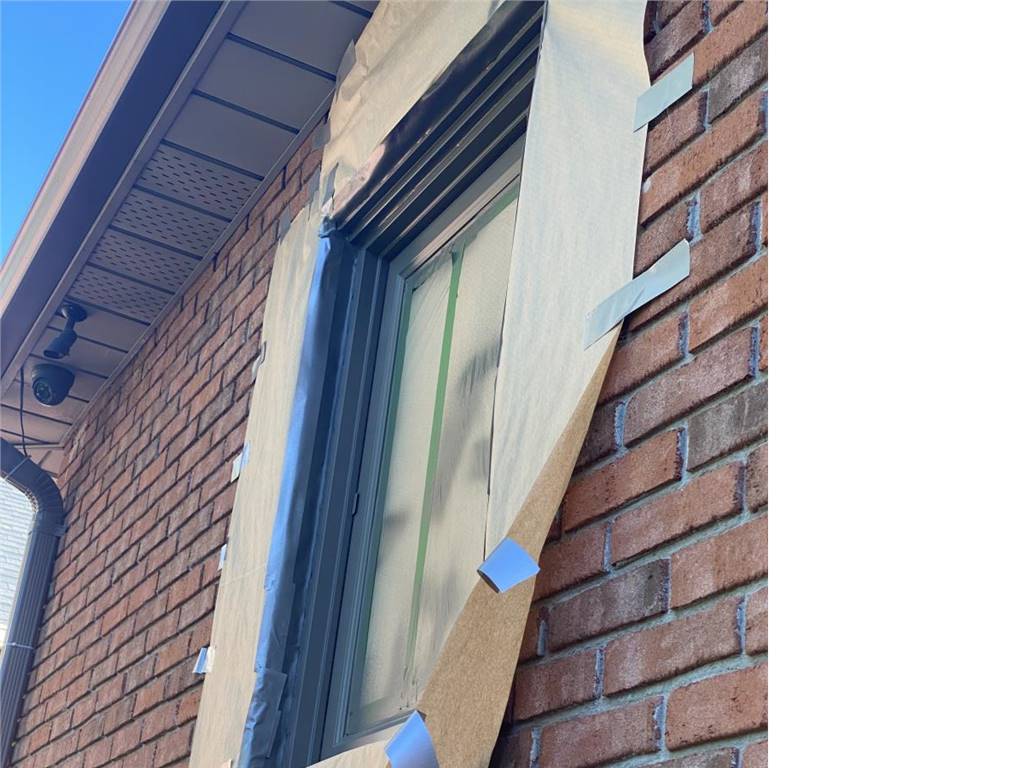
Common Painting Mistakes And How To Fix Them
If you're new to painting, you may be making some common mistakes that can be easily fixed. In this post, we'll go over the most common painting mistakes and how to fix them. By learning from other people's mistakes, you can save yourself time and frustration down the road. So let's get started!
What Are Some of the Most Common Painting Mistakes?
While there are endless potential pitfalls when undertaking a painting project, taking the time to do things right from the start will help ensure a beautiful and professional-looking paint job.
One of the most common painting mistakes is not properly cleaning the surface before painting. This can lead to paint chips and a less than professional-looking finish. Another common mistake is not using primer prior to painting. This can result in the paint not adhering properly to the surface and an uneven paint job. Not allowing enough time for each coat of paint to dry before adding another can also cause problems down the road. And, of course, failing to properly prep or fill in cracks and nooks & crannies will undoubtedly lead to an imperfect paint job.
Mistake #1: Not cleaning the surface enough.
Before you can paint a surface, you must clean it thoroughly. This is especially important if the surface has already been painted; you want to remove any dirt, grime, or old paint that might affect the new paint job. There are a few different ways to clean a surface before painting, and the best method will vary depending on the type of surface and what kind of condition it's in.
If the surface is relatively clean and just needs a quick dusting or wipe-down, you can use a damp cloth or feather duster. For surfaces that are dirtier, such as walls that haven't been cleaned in a while or cabinets with grease buildup, you'll need to use something stronger. Just be careful not to damage the surface itself when cleaning.
Mistake #2: Not using a primer.
Primers are specifically designed to create a surface that is even and sealed. This means that the primer will fill in any tiny holes or cracks in the surface, which can cause your paint to chip or peel down the road. A good primer will also help the paint to adhere better to the surface, which means that it will last longer.
Mistake #3: Not waiting enough between two coats of paint.
Whether you're painting a wall or a piece of furniture, it's important to wait long enough between coats of paint so that the previous layer has time to dry completely. If you don't, you run the risk of the new paint both damaging the previous layer and not fully adhering to the surface, which can lead to an uneven finish.
Mistake #4: Paint drips and minor spills.
There are a few different ways that you can fix paint drips and minor spills. If the spill is still wet, you can simply wipe it up with a clean cloth. If the spill has already dried, you can try scrubbing it with a damp cloth or sanding it down until the offending area is smooth again.
If you're dealing with a paint drip, the best course of action is to prevent it from happening in the first place. To do this, make sure to regularly check your roller for any lumps or clots of paint that could potentially cause dripping. Also, be careful not to overload your roller with paint - start with a small amount and only add more as needed.
Mistake #5: Paint splatter on a glass.
If the paint is still wet, use a paper towel or cloth to clean it off. If the paint is dry, you can use a razor blade or toothbrush to scrape it off. Be careful not to scratch the glass. Finally, use a window cleaner or vinegar to clean off any remaining paint.
Mistake #6: Roller marks.
If you see obvious roller marks on your wall, wait until the paint has dried before applying a second layer with the same roller and start from one corner and go across the surface with a wet edge of paint.



